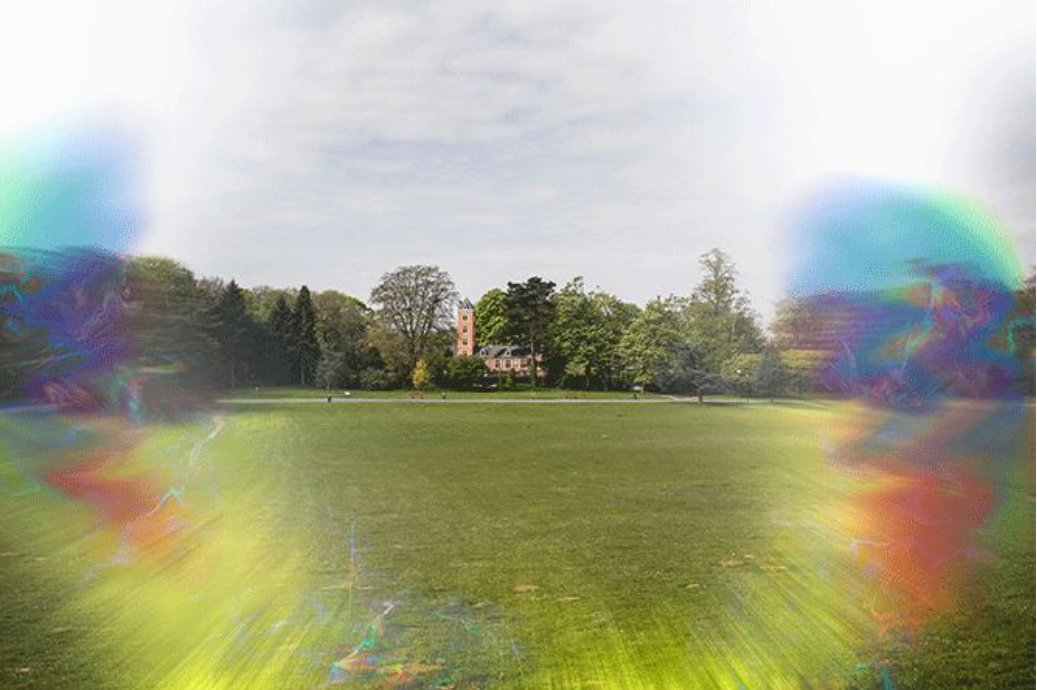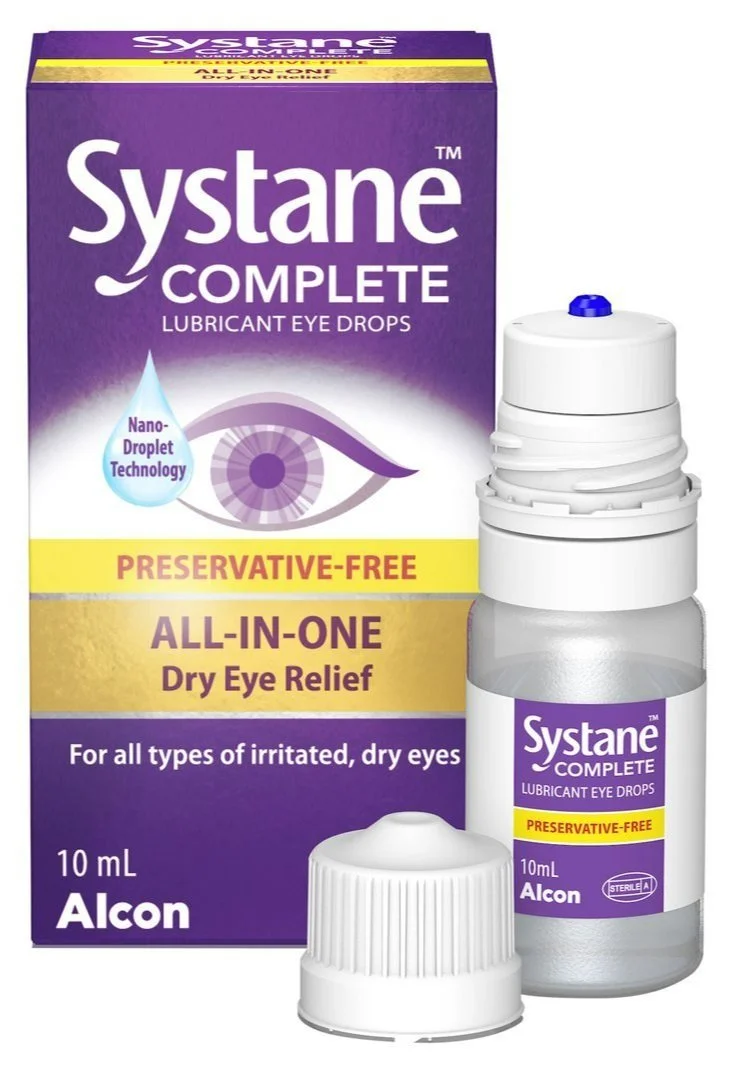Have you ever wanted to know more about glaucoma? Perhaps you have unanswered questions that you’ve forgotten to ask your specialist about.
Glaucoma New Zealand has released a very informative You Tube webinar hosted by Professor Helen Danesh-Meyer. Prof. Danesh-Meyer is a leading glaucoma specialist and also a brilliant communicator.
The theme of the talk is questions which people may think about but not ask their glaucoma specialist. Prof Danesh-Meyer draws on a long career looking after people with glaucoma, and covers many topics she has talked through with her patients.
I highly recommend this video which is linked down below; for anyone who has glaucoma, who have family members with glaucoma, is under regular monitoring for glaucoma or on eye drops for eye pressure.







